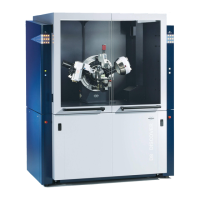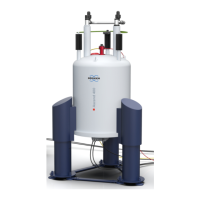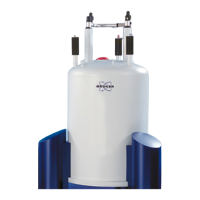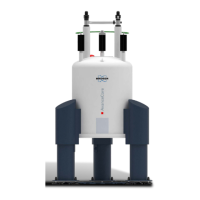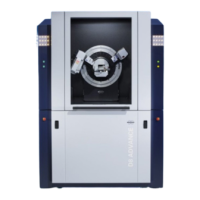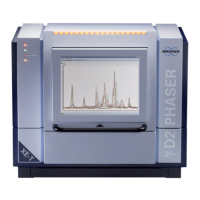Floor Plan
H157654_9_011 83 / 120
9.4 Floor Types
Generally a liquid nitrogen resistant floor material must be used, such as PVC or wood
that has been painted or varnished. Unfinished wood must not be used as this will absorb liq-
uid nitrogen. This also implies that wood floors must be regularly maintained to help prevent
absorption.
Many of the system components contain highly sensitive electronic devices that must be pro-
tected from Electrostatic Discharge (ESD) by proper floor covering and grounding prac-
tices.
To prevent ESD damage in the magnet room, the system must be installed on an ESD resis-
tant flooring such as vinyl, and properly grounded. One of the most important characteristics
of an ESD resistant floor is its ability to conduct charges to ground. The second most impor-
tant aspect is its anti-static property.
9.5 Magnet Pits
When the magnet must be sited in an existing magnet pit, pay attention to the following:
• Special rigging equipment and a temporary platform to support and lower magnet inside
the pit.
• Continuous ventilation and emergency exhaust inside the pit (please refer to special
notes related to pits in sections HVAC (Heating Ventilation Air Conditioning) [}71] and
Emergency Ventilation During Installation and Quenches [}73]).
• Magnet refills and access for transport dewars.
• Cable lengths.
• Siting the BCU-I or BCU-II cooling unit.
• Siting the CryoPlatform
TM
.
Consult your local Bruker Installation Engineer for details.
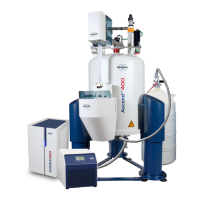
